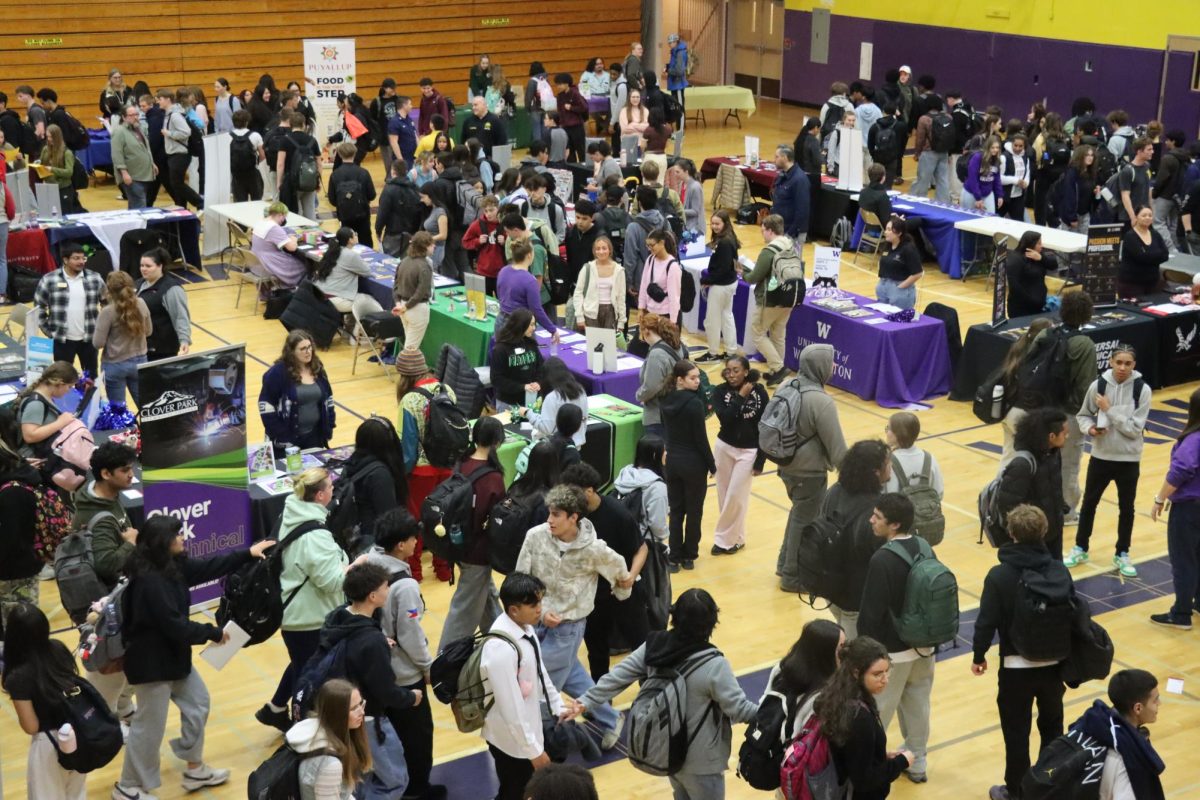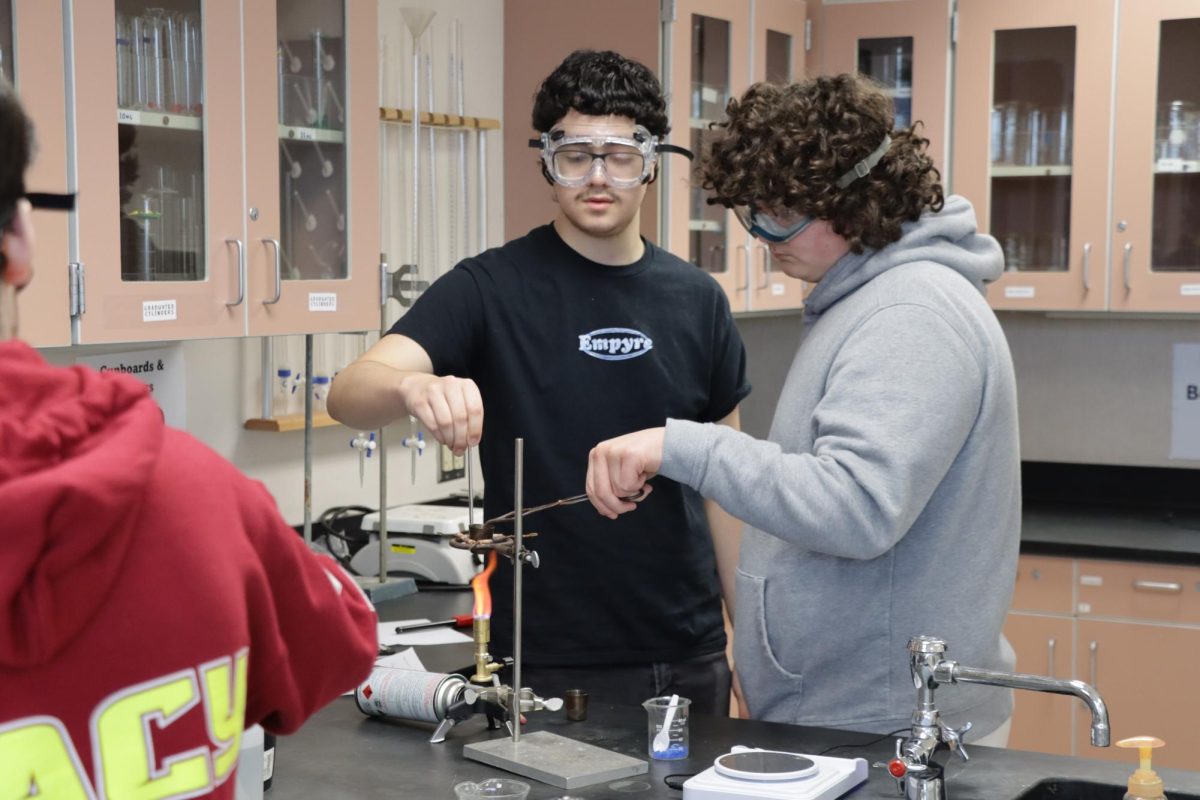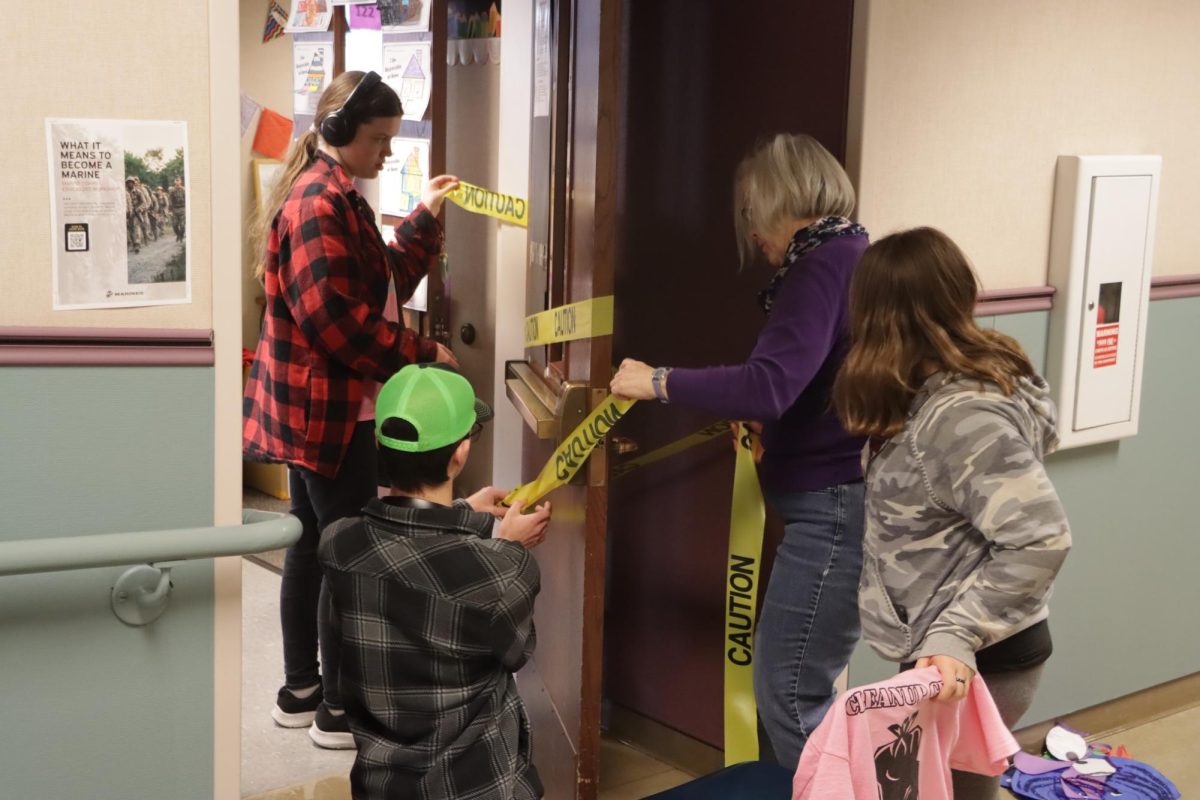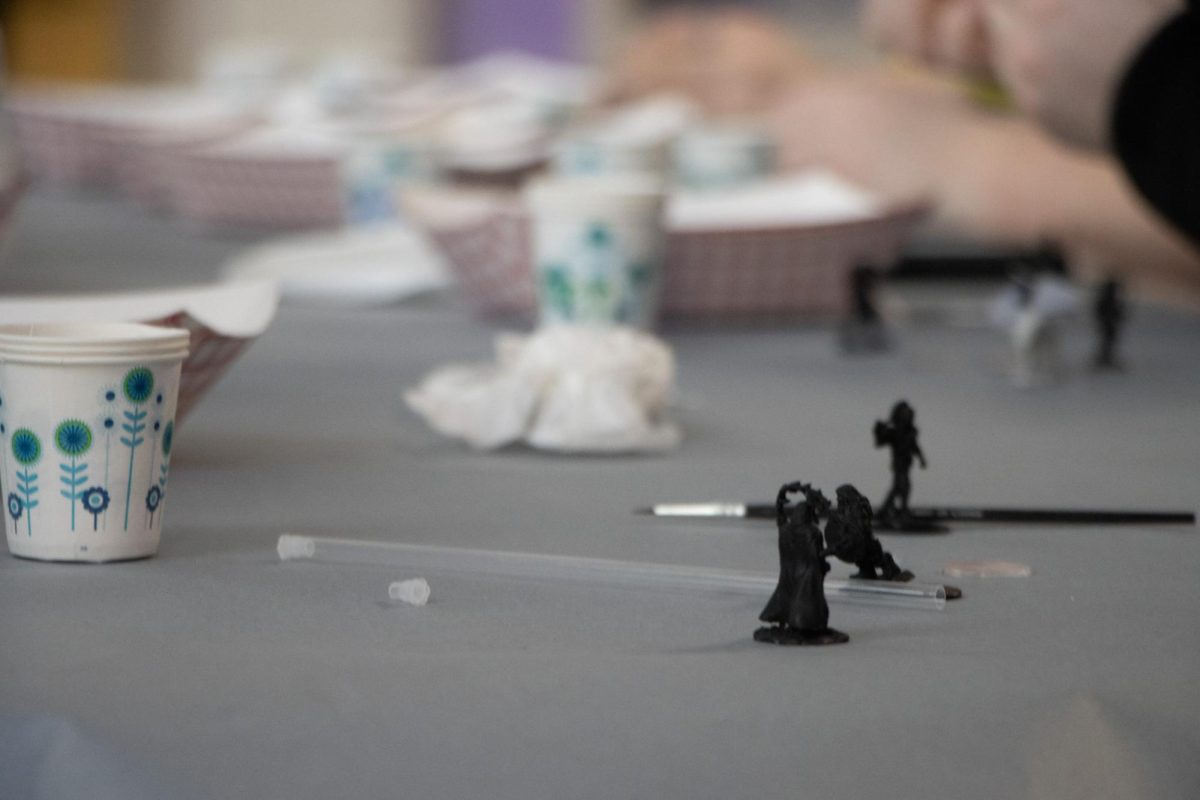Most students and teachers have limited knowledge on the subject of the BYOD and the new Wi-Fi accessible for students past the fact that it is available.
Mark Vetter, the director of instructional leadership for technology and school support, works with technology and developing a vision of implementing technology into classrooms.
Why is the administration allowing students to use our technology in the classroom and giving students Wi-Fi to use the Internet?
“Why do we allow you to use pencils, pens and books? Is that not how you learn? In your age [you learn] using technology. We have finally caught up to our kids,” Vetter said.
Almost everyone has smartphones with them at school every day. Students are now allowed to use their phones, which has more power than what it took to send the man to the moon, to further their education, according to established protocols by teachers.
The district has the money through the technology levy the voters passed a couple years ago to upgrade Wi-Fi at the high schools and give everyone access.
“We do block some things that are bandwidth hogs, but we can control it. When you are logging on you are going through our filters. You are going to be able to access the learning you need to learn in a safe way,” Vetter said.
The district also has control over how much access students have, for example during SBA testing, they can shrink access because SBA has precedence. The students are not being monitored but they could be if needed.
“As we evolve as a district we are going to go more digital learning. So next year, you have to take a senior social studies course, hopefully the curriculum and additional resources are going to be digital. There is going to be classroom sets of computers in those classes that will access the curriculum digitally,” Vetter said.
With this added technological tool, does this mean getting rid of pencil and paper?
“Right now we are adding on, this is not a revolution; it is an evolution,” Vetter said.
Everyone may be really excited about the aspect of using laptops and smartphones at school but they have to remember the reason all of this is happening and that is education.
“The technology is about the learning, not about the technology itself. The BYOD, the focus there is to hopefully open up more learning,” said Vetter.
When students graduate and go to college and work, they are going to be using technology.
“Twenty-one of the 22 universities in the state use a digital learning platform. It is called the Learning Management System or LMS,” Vetter said.
The project manager of the Wi-Fi and BYOD program, David Pickles, is in charge of bringing all the parts together.
“My understanding of the goal is that we are hoping to use more and more online educational resources and giving access to students so they can get to those resources is obviously critical for that to be successful,” Pickles says.
For some organizations and clubs, having access to online resources means greater efficiency.
“I use it all the time for debate and research; it is pretty awesome and helpful,” debate student, Luke Maghirang said.




